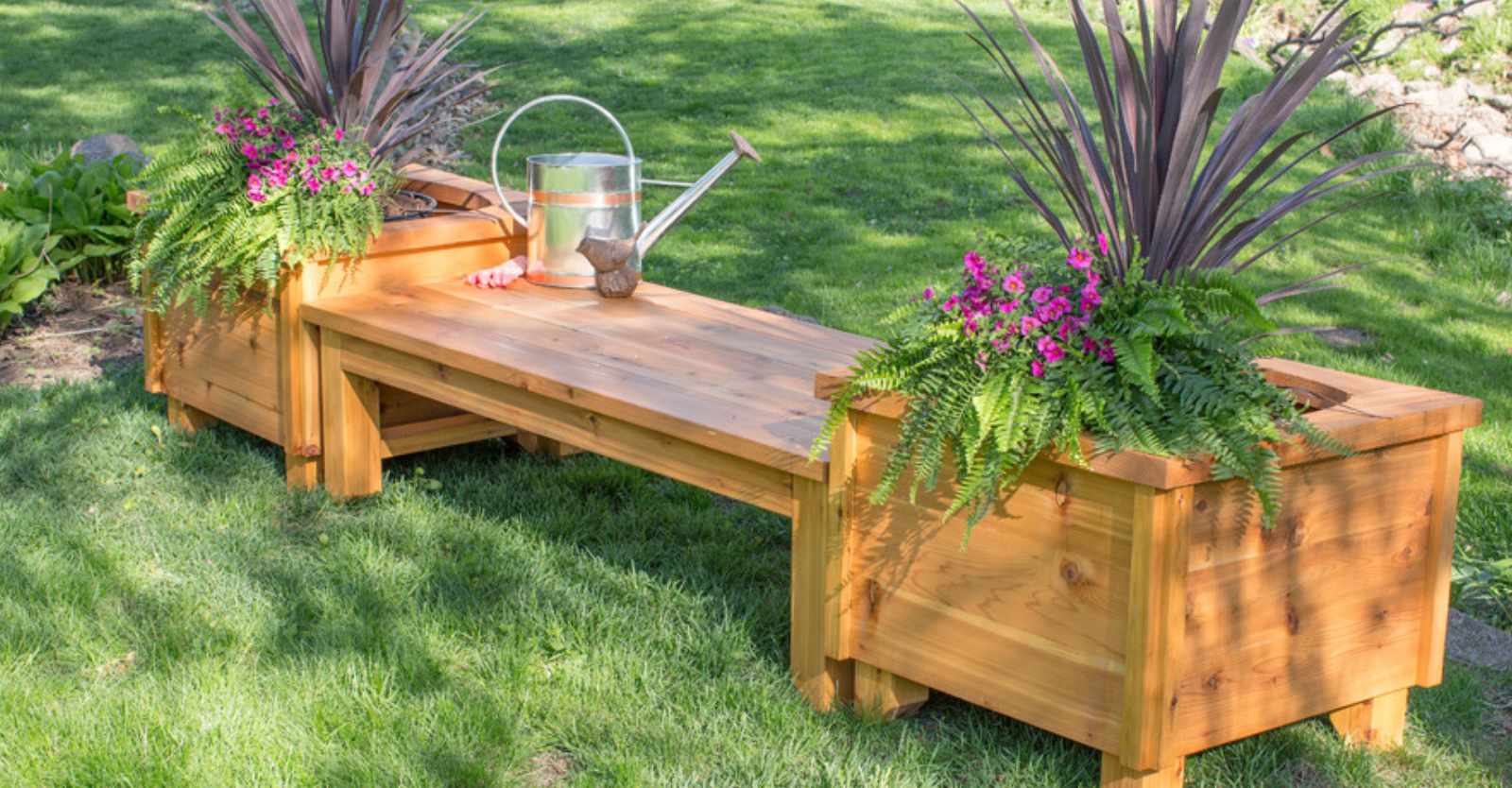Whether you’re a seasoned woodworker or just starting out, our detailed plans will help you create beautiful, durable, and functional pieces to enhance your outdoor living space. Each project is designed with step-by-step instructions and expert tips to ensure your success. Dive in and discover the satisfaction of building your own custom patio furniture, tailored to your style and needs.

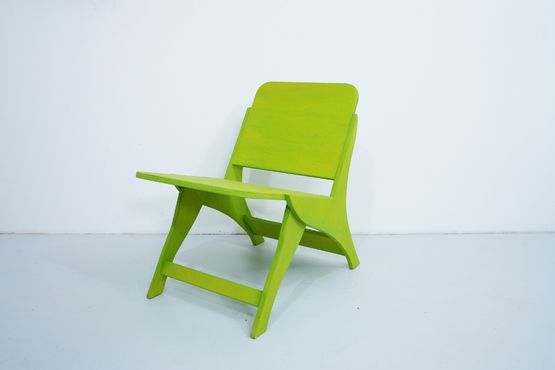
Plywood Lounge Chair
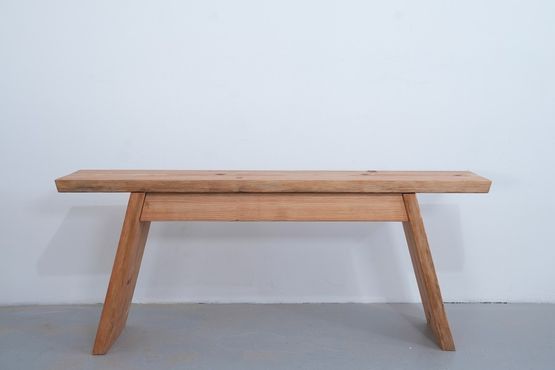
Outdoor Bench
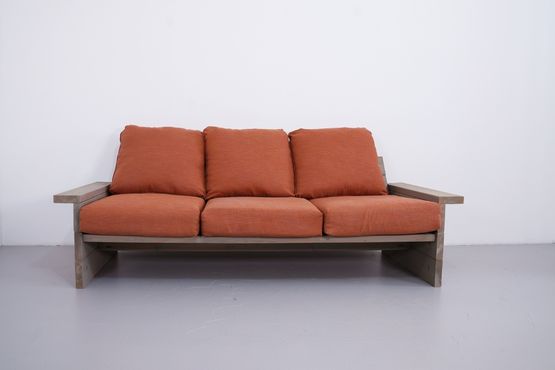
Outdoor Sofa with Armrests
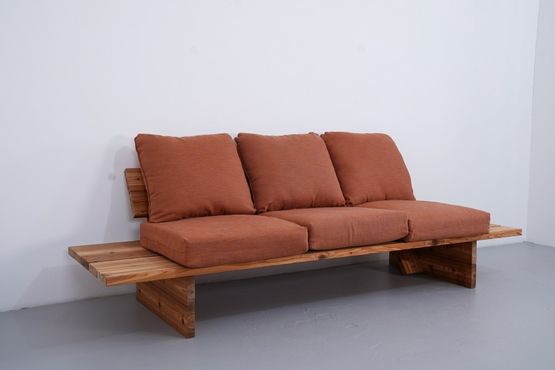
Outdoor Sofa
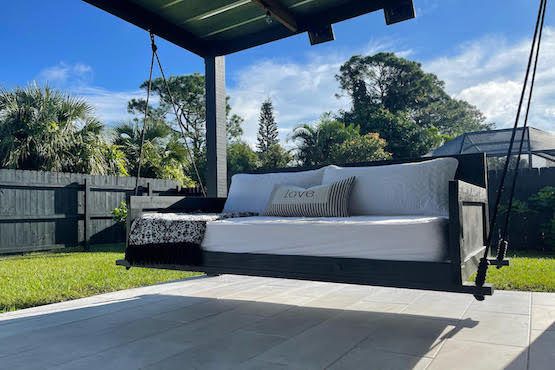
How to Build an Easy DIY Swing Bed

DIY Modern Outdoor Sectional Couch

DIY Easy $30 Rustic Bench
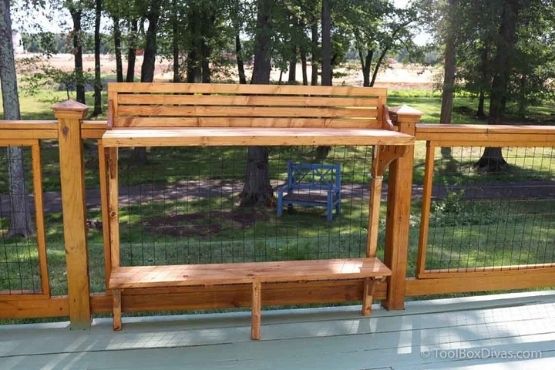
Balcony Bar
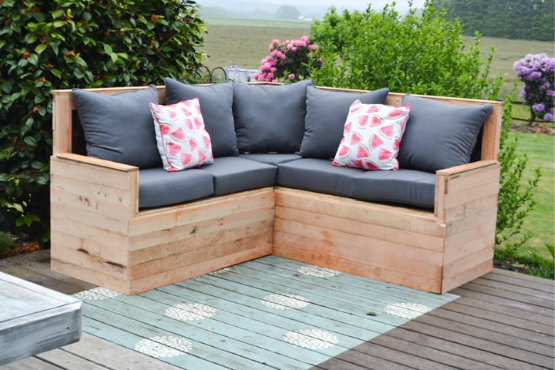
DIY Outdoor Sectional

Southwestern Style Bench

Daybed Porch Swing
Building Outdoor Patio Furniture
Outdoor living spaces have become an integral part of modern homes, offering a serene escape from the hustle and bustle of daily life. Creating your own patio furniture not only adds a personal touch to your outdoor area but also provides numerous other benefits.
Benefits of DIY Patio Furniture
1. Cost Savings
One of the primary advantages of building your own patio furniture is the cost savings. Purchasing high-quality, ready-made outdoor furniture can be expensive. By choosing to DIY, you can create beautiful, durable pieces at a fraction of the cost. This allows you to allocate your budget more efficiently, perhaps investing in better materials or additional decor for your outdoor space.
2. Customization
DIY patio furniture offers unparalleled customization. You can design pieces that perfectly fit your space and meet your specific needs. Whether it’s a unique size, shape, or style, the customization possibilities are endless. You can also choose the materials, finishes, and colors that complement your outdoor decor, ensuring a cohesive and personalized look.
3. Quality Control
When you build your own furniture, you have full control over the quality of materials and craftsmanship. Many store-bought options may look appealing but use inferior materials that don’t withstand the elements well. By selecting high-quality, weather-resistant materials and taking care in the construction process, you can ensure that your furniture is built to last.
4. Sense of Accomplishment
There’s a unique satisfaction that comes from creating something with your own hands. Building your own patio furniture gives you a sense of pride and accomplishment. It’s not just about the finished product, but the process and skills you develop along the way. This can also be a fun and rewarding project to undertake with family or friends.
Planning and Preparation
Before you start building, thorough planning and preparation are essential to ensure a smooth and successful project.
1. Assessing Your Needs and Space
Start by evaluating your outdoor space and determining what kind of furniture you need. Consider the following questions:
How many people do you need to accommodate?
What type of activities will the furniture be used for (e.g., dining, lounging, entertaining)?
What is the available space and its layout?
2. Choosing Materials
Selecting the right materials is crucial for durability and aesthetics. Common materials for outdoor furniture include:
Wood:
Options like cedar, teak, and pressure-treated pine are popular for their natural beauty and resistance to decay.
Metal:
Aluminum and wrought iron are durable and stylish, though they may require protective coatings to prevent rust.
Plastic:
High-density polyethylene (HDPE) is a good choice for weather-resistant, low-maintenance furniture.
Consider the climate in your area and choose materials that will withstand local weather conditions. Sustainability is also an important factor; opt for eco-friendly materials whenever possible.
3. Designing Your Furniture
Having a clear design plan is essential. Sketch out your ideas or use design software to create detailed plans. Consider both functionality and aesthetics:
Ergonomics:
Ensure the furniture is comfortable to use.
Style:
Choose a design that complements your outdoor decor.
Tools and Materials Required
Having the right tools and materials is crucial for a successful DIY furniture project.
1. Essential Tools
Here is a list of basic and specialized tools you’ll need:
Measuring tape:
For precise measurements.
Saw:
A circular saw or jigsaw for cutting wood.
Drill:
For making holes and driving screws.
Sander:
To smooth surfaces.
Screwdrivers:
Both manual and electric.
Clamps:
To hold pieces together while assembling.
Safety gear:
Gloves, safety glasses, and ear protection.
2. Materials List
The specific materials you need will depend on your design, but common items include:
Wood:
Cedar, teak, or pressure-treated pine boards.
Hardware:
Screws, nails, and brackets.
Finishes:
Outdoor paint, varnish, or sealant to protect the wood.
Tips and Tricks for Success
Building outdoor patio furniture can be a rewarding project if you follow some key tips and tricks to ensure success.
1. Plan Thoroughly
Thorough planning is crucial. Ensure you have detailed measurements and a clear design before you start cutting any materials. Double-check your measurements and materials list to avoid unnecessary trips to the hardware store.
2. Use Quality Materials
Investing in high-quality materials will pay off in the long run. Choose weather-resistant woods and hardware designed for outdoor use. This will ensure your furniture is durable and can withstand the elements.
3. Follow Safety Precautions
Always prioritize safety. Wear appropriate safety gear, such as gloves, safety glasses, and ear protection. Make sure your workspace is well-lit and free of clutter. Follow safety instructions for all tools and materials.
4. Take Your Time
Don’t rush the process. Take your time to ensure each cut is precise, and each joint is secure. Rushing can lead to mistakes, which can be costly and time-consuming to fix.
5. Practice Proper Joinery
Using the right joinery techniques is essential for sturdy furniture. Techniques like mortise and tenon, dovetail joints, and pocket screws can provide strong, lasting connections. Avoid using only nails or screws as they may not hold up over time.
6. Finish with Care
Finishing your furniture properly is key to its durability and appearance. Sand all surfaces smoothly and apply a suitable finish to protect against weathering. Outdoor paint, varnish, or sealant can help preserve the wood and keep it looking good for years.
7. Regular Maintenance
Even the best-built furniture requires regular maintenance. Clean your furniture periodically and check for any signs of wear or damage. Reapply protective finishes as needed to keep your furniture in top condition.
8. Learn from Others
There are many resources available to help you along the way. Online tutorials, forums, and woodworking groups can provide valuable tips and advice. Don’t hesitate to seek help or ask questions if you encounter challenges.
9. Experiment and Innovate
Don’t be afraid to experiment with new techniques and designs. Innovation can lead to unique and personalized pieces that stand out. Remember, part of the joy of DIY is the freedom to create something truly your own.


